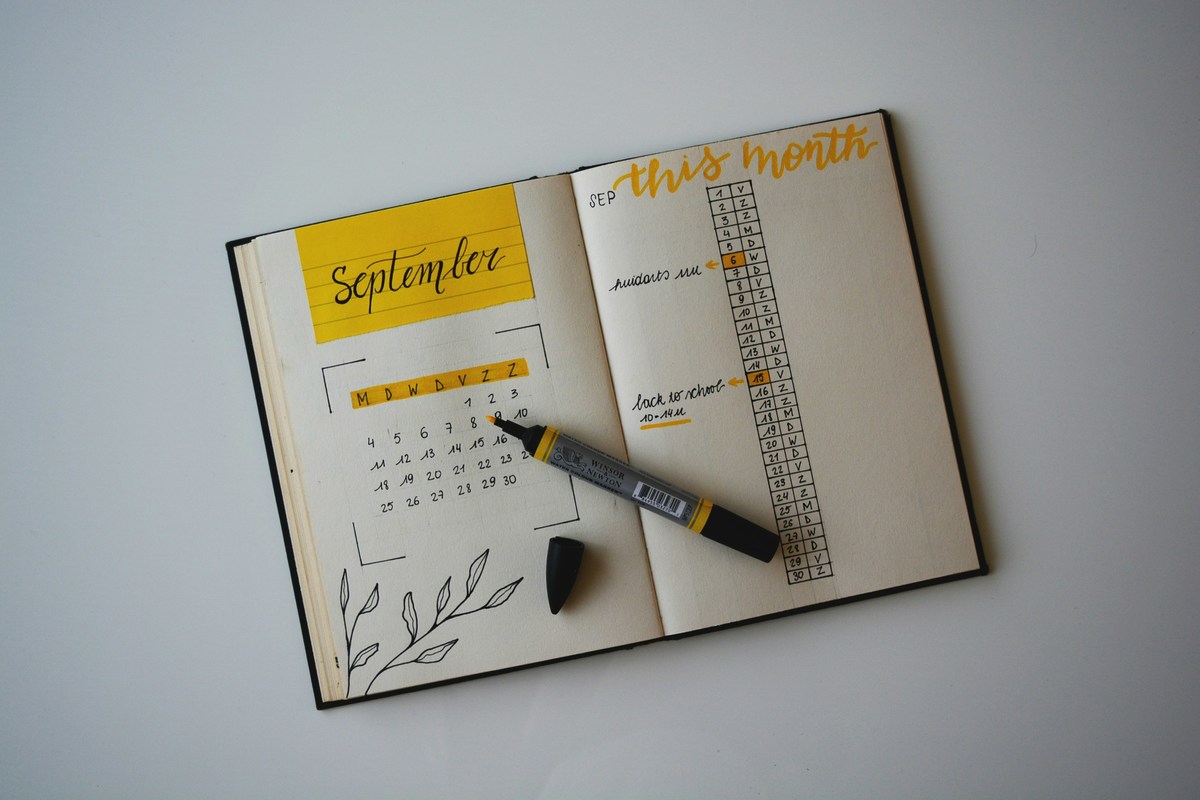Creating a budget is a crucial step towards achieving financial stability and reaching your financial goals. A well-planned budget helps you track your income and expenses, manage debt, and save for the future. Here’s how to create a budget that works for you.

Understanding Your Financial Goals
Before you start budgeting, it’s important to identify your financial goals. Whether you want to pay off debt, save for a house, or build an emergency fund, knowing your objectives will guide your budgeting process.
- Short-Term Goals:
- These might include paying off credit card debt, saving for a vacation, or building an emergency fund.
- Long-Term Goals:
- Long-term goals could be saving for retirement, buying a home, or investing in your education.
Tracking Your Income and Expenses
To create an effective budget, you need a clear understanding of your financial situation. Start by tracking your income and expenses for a month.
- Income:
- List all sources of income, including your salary, bonuses, and any side income.
- Fixed Expenses:
- Fixed expenses are regular, recurring costs such as rent or mortgage payments, utilities, insurance, and loan payments.
- Variable Expenses:
- Variable expenses fluctuate from month to month and include groceries, entertainment, dining out, and transportation.
Creating Your Budget
Once you have a clear picture of your income and expenses, it’s time to create your budget. Follow these steps:
- Calculate Your Net Income:
- Subtract your total expenses from your total income to determine your net income.
- Allocate Funds:
- Allocate funds to each expense category. Prioritize essential expenses like housing, utilities, and groceries. Then, allocate funds to discretionary expenses and savings goals.
- Set Spending Limits:
- Set spending limits for each category based on your financial goals and priorities. Be realistic and ensure your budget is sustainable.
Implementing and Adjusting Your Budget
Creating a budget is only the first step; implementing and adjusting it is crucial for success.
- Monitor Your Spending:
- Regularly track your spending to ensure you stay within your budget. Use budgeting apps or spreadsheets to make this process easier.
- Adjust as Needed:
- Life is unpredictable, and your budget should be flexible. Adjust your spending limits and categories as needed to accommodate changes in your financial situation.
- Review Regularly:
- Review your budget regularly, ideally on a monthly basis, to ensure it still aligns with your financial goals.

Tips for Sticking to Your Budget
- Automate Savings:
- Set up automatic transfers to your savings account to ensure you consistently save money each month.
- Use Cash for Discretionary Spending:
- Withdraw cash for discretionary spending categories like entertainment and dining out. This can help you avoid overspending.
- Avoid Impulse Purchases:
- Before making a purchase, ask yourself if it’s necessary and if it fits within your budget. Delay gratification by implementing a 24-hour rule for non-essential purchases.
Personal Experience: My Budgeting Journey
I used to struggle with managing my finances and often found myself overspending. Creating a budget changed everything. I started by tracking my income and expenses, which helped me identify areas where I could cut back. I set clear financial goals and allocated funds accordingly. The key was monitoring my spending and adjusting my budget as needed. Over time, I built an emergency fund, paid off debt, and started saving for my future. Budgeting brought me financial peace of mind and allowed me to take control of my finances.

Conclusion
Creating a budget that works for you involves understanding your financial goals, tracking your income and expenses, allocating funds, and adjusting as needed. By following these steps and implementing practical tips, you can achieve financial stability and work towards your financial goals. Start budgeting today and take the first step towards a secure financial future.